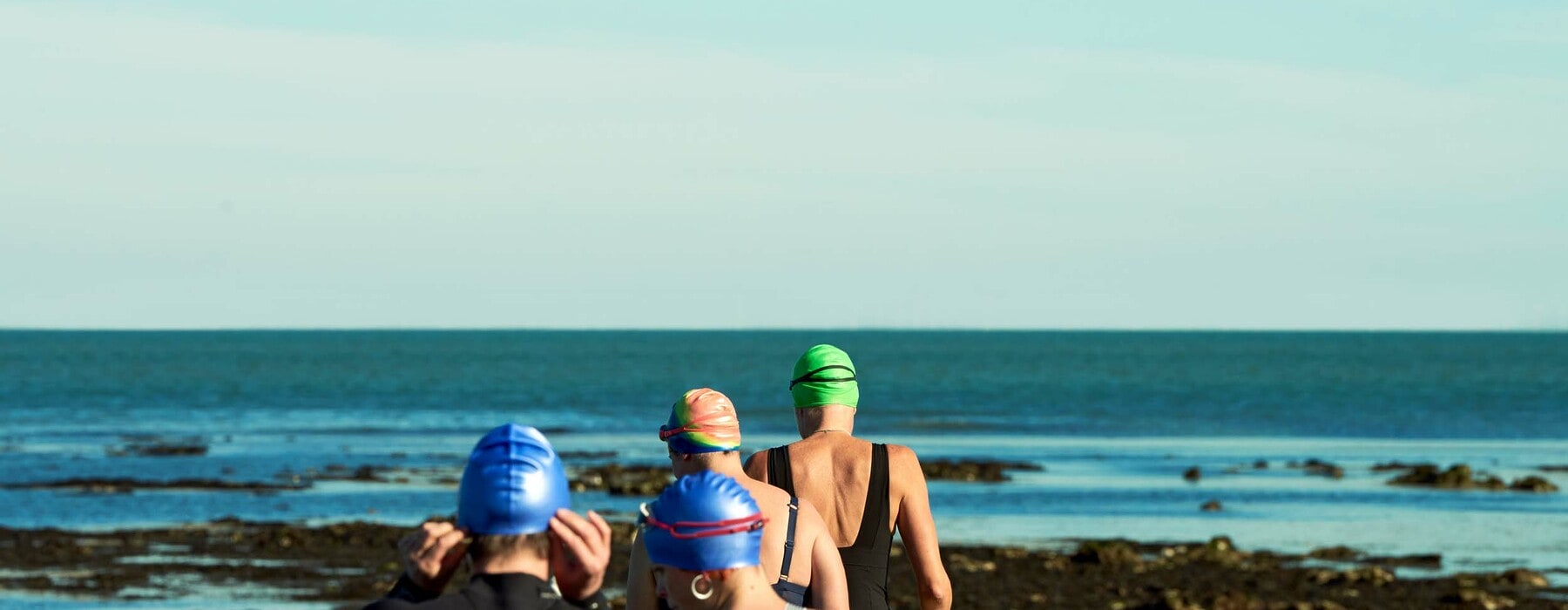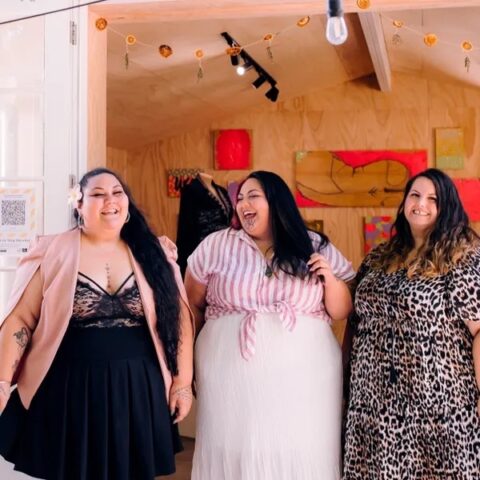In this extract from her new book, Thrive editor Niki Bezzant gives you the rundown on the exercise and eating guide you need as you age into midlife.
Your midlife exercise guide
It doesn’t matter if you’ve been a couch potato for decades; it’s never too late to start working on moving.
Get moving
If you’re going from a standing start, be gentle on yourself. Build up your movement slowly, so you don’t get too exhausted, sore and discouraged and give up again.
Remember the goal of 150 minutes a week. It might take a couple of months to get there, but just work up to it. Walking can be a good place to start – try to go a bit faster than a stroll; think of walking as if you’re running late for an appointment.
If you break out in a bit of a sweat, that’s good. Start with walking, then add in some other things. The main thing is, just get moving. You’ll feel so much better.
Mix it up
Include easy and hard movement in your week. Some gentle, slow stuff is good – maybe a walk, a yoga workout or an easy swim. On top of that, try to do something that’s going to get you really puffed — that’s the high-intensity bit. It might be a run, or a HIIT workout, or a hilly bike ride.
You don’t have to join a gym or take a class; there are tons of great workout resources online that you can do for free and at home when it suits you. The main thing is to pick something you like that you think you can keep doing.
Include strength training
I highly recommend exploring midlife-friendly gyms (not all gyms are!) that can tailor a programme to suit you. For me, the money I spend on that is well worth it for my mental and physical health, so I prioritise that spending, but I know gym membership can be beyond the budget for some women. If that’s you, don’t let it stop you working with weights.
Again, there are online workouts that cost nothing except maybe a set of hand weights; these can be bought pretty cheaply. If you’re already an exerciser, but you’re in the habit of doing lots of aerobic exercise and are feeling frustrated that nothing’s changing, try dropping a walk or run and adding in a weight-training session.
Rest
Letting your body recover from exercise – especially anything high intensity – is really important. It doesn’t mean you have to lie on the couch all day; just give yourself time in between strength or high-intensity workouts and do something more gentle on the in-between days.
Keep it going!
Stopping and starting with exercise is not the worst thing in the world, but you won’t keep the benefits you’ve gained. There are always times when life events, illness and stresses get in the way and we just can’t exercise, but the main thing is to try to build a habit of moving every day, so it feels natural and normal and you’ll miss it if you don’t do it.
It might take a while to really get into the habit – I reckon it took me a solid year – but it’ll be worth it. Again: think about the long game.
Yes, you do have time
Not a step really, but a note. I can hear you thinking: look, this sounds great, but I just don’t have time for exercise. I hear that – and I’ve thought it, too. But what I’d say is: think of exercise – whatever type you do – as a really important part of self-care. It’s something that benefits almost every aspect of your life from your mental health to your sleep.
It’s not just about fitting into your favourite dress; in fact that’s the least of the benefits. When you think of exercise this way, it benefits everyone around you, too. If you’re healthier, you’re going to make not just yourself happy, but your partner, your kids, your work colleagues and anyone, basically, you interact with. I
If you have time for after-work drinks; or time for an hour of Netflix, then you have time to move your body.
Tips for eating well at midlife
- Eat lots of colourful vegetables.
- Get protein into every meal. You need enough to maintain muscle mass.
- Change the way you think about planning your meals. Fill half the plate with colourful vegetables first. Then think about the protein (quarter of the meal) and the carbs (the last quarter).
- Keep an eye on your portions. If you’re serving up meals for a family, unless you have very small children, chances are your plate should now be the smallest of the lot.
- Be careful with carbs. I’m not saying go low-carb. I think life is too short to live without linguine. But it’s worth noting those portion sizes and eat quality carbs: wholegrain rather than white; potatoes and kūmara with the skin on.
- There’s emerging evidence that giving our bodies a decent break – at least 12 hours – overnight without eating is good for gut bacteria and could have weight benefits, too.
Extract from This Changes Everything: The honest guide to menopause and perimenopause by Niki Bezzant (Penguin, $37)
Related Article: What is perimenopause? Here is everything you need to know








